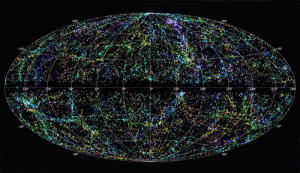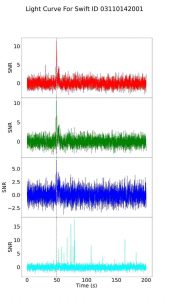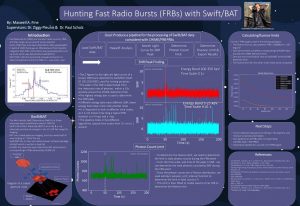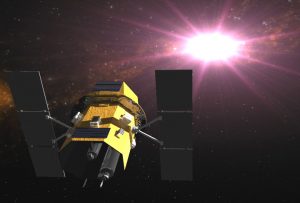
Max is going into his senior year of undergraduate studies at the University of Toronto. He is specializing in physics & astrophysics. Max is originally from St. Augustine, Florida, and moved to Toronto for school in 2018.
In his spare time Max is an avid reader, and you can often find him in a cafe in Kensington market.
What made you decide to participate in SURP?
The idea of exploring the unknown, improving our understanding of the cosmos, and simultaneously adding to the collective knowledge of humankind is described by many as a noble cause – I want to do this because this is what I live for, and I think it is fun!
SURP provides one of the best ways for undergraduates to do real astrophysics research.
What is your favourite thing about SURP?The real adventure with SURP is the friends you make along the way! This was the first time it was safe for SURP to have any in person components in years – they were all amazing!
Can you tell us about your research project?I am writing a computer program or pipeline to look for associated X-ray, and gamma-ray emission from Fast Radio Bursts (FRBs) which are mysterious radio explosions in space. I am using the space-based Neil Gehrels Swift Observatory’s BAT telescope (Swift was launched in 2004). BAT is an X-ray, and gamma-ray telescope!
The FRBs we are investigating are detected by a Canadian ground-based radio telescope called CHIME. BAT was not intended to look for FRBs, but it can thanks to its wide field of view – BAT looks at ~1/8 the sky. Recently BAT has been tasked with sending down to Earth its observations from when CHIME observes an FRB.
Can you explain how SURP has perhaps been different from your undergrad work?SURP is extremely liberating. It’s the difference between doing a fun science fair project in high school and doing normal high school classes. In SURP, the path forward is not defined and there are no answers that you can google. SURP is substantially more enjoyable than lectures, and it also has more python coding.
What are your plans for the future?My dream is to live the adventurous life of a scientific researcher. With regards to my career, I would like to earn a PhD related to astrophysics and become a research professor. As of now, I am uncertain which subject I want to study in graduate school – as all astrophysics is incredibly stimulating, it’s hard to narrow down my interest.
That being said, I am favouring a broad astronomer master’s program at the University of Amsterdam. Along the way, I would like to serve in the Peace Corps (teaching high school math and science for two years abroad), study for an extended period of time in Australia, Europe and be on at least one Antarctic research mission.

Animation of random fast radio bursts in the sky. Credit: T. Jarrett (IPAC/Caltech); B. Saxton, NRAO/AUI/NSF. (Click to play)

This is the light curve for a known Gamma-ray Burst. The colours indicate different energy bands of the detected photons. Credit: Max Fine.
More SURP Student Spotlight profiles for 2022 can be found at:
dunlap.utoronto.ca/2022-surp-student-spotlight-archives.


